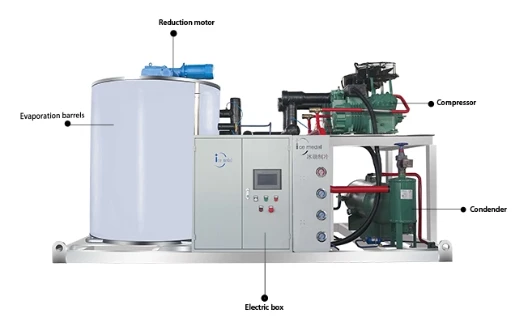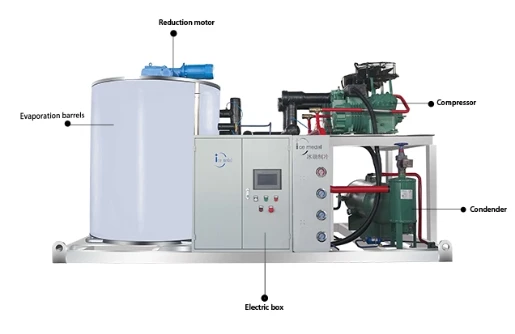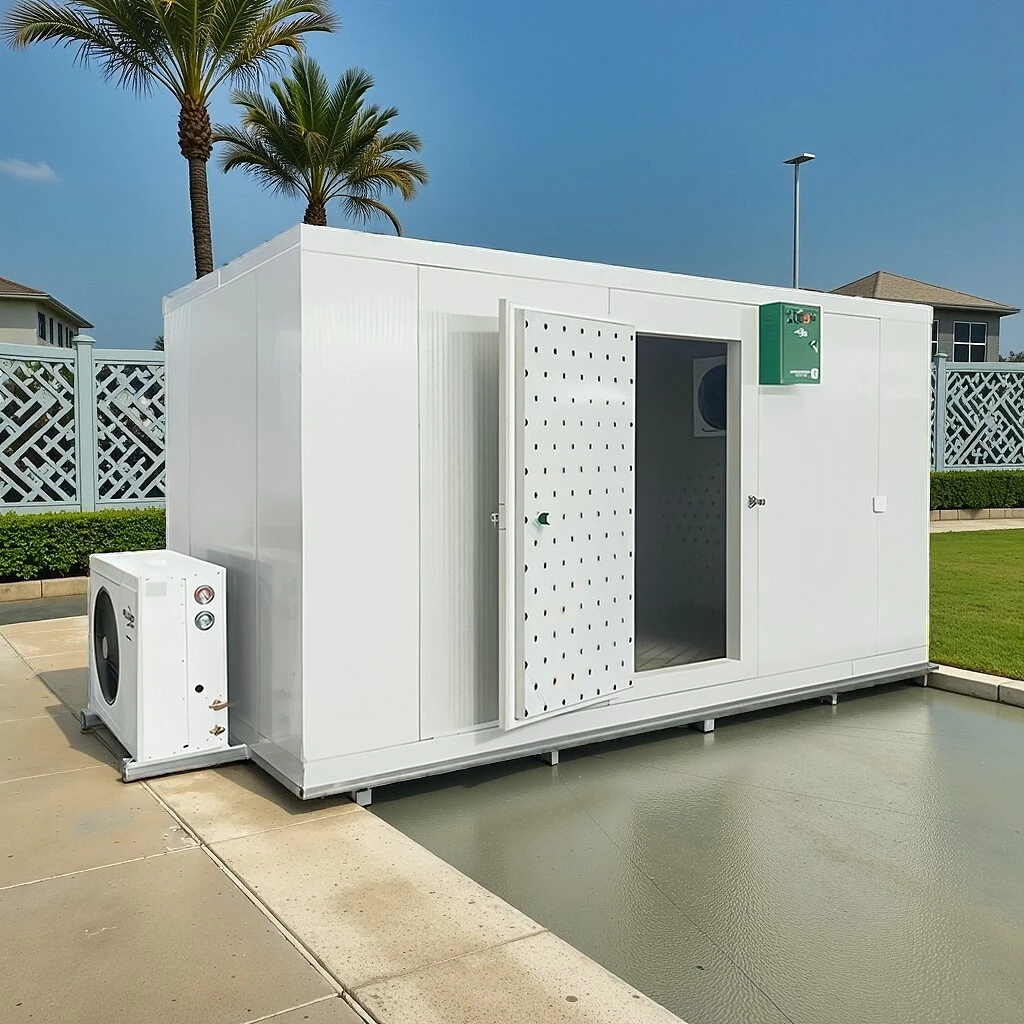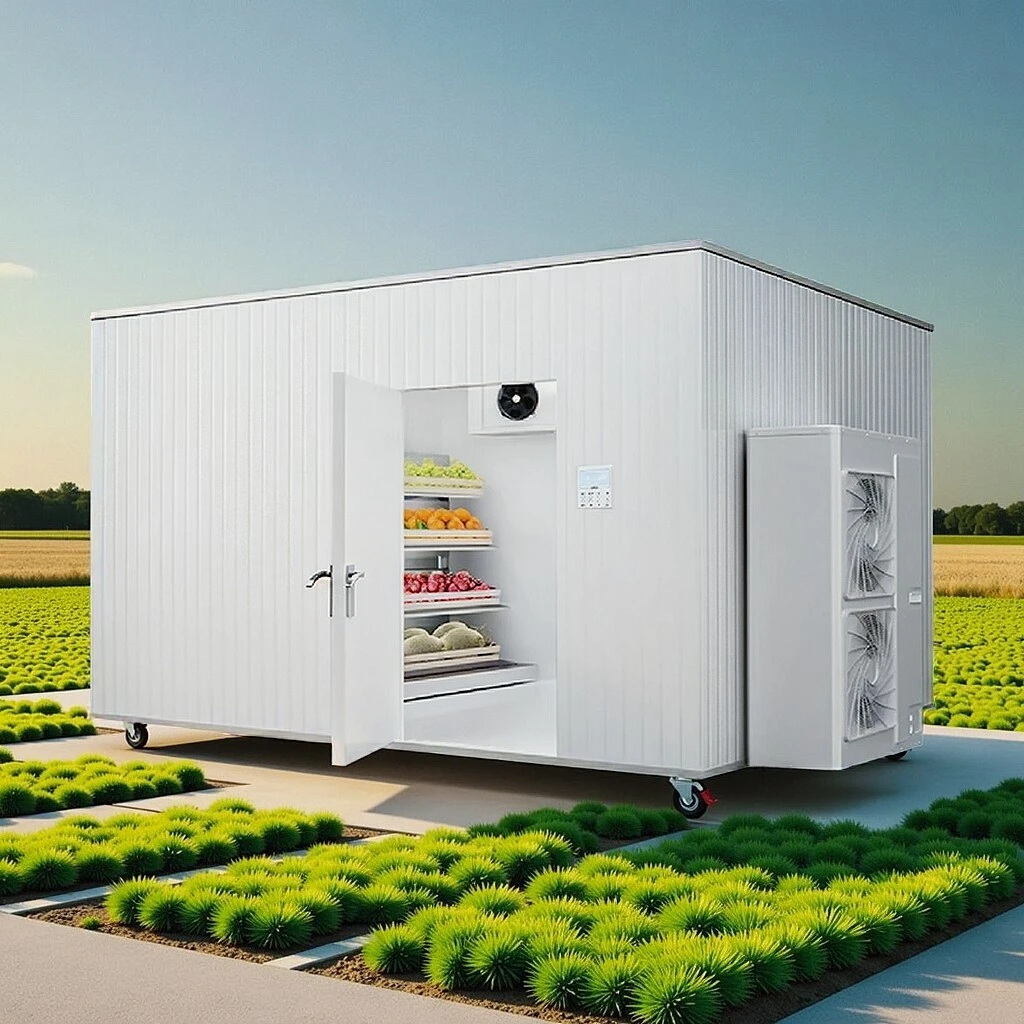btu calculator for walk in cooler
Understanding BTU Calculation for Walk-In Coolers
When it comes to maintaining optimal temperatures in walk-in coolers, understanding British Thermal Units (BTUs) is crucial. BTUs measure the amount of heat needed to raise the temperature of one pound of water by one degree Fahrenheit. For walk-in coolers, calculating the right BTU capacity ensures that perishable goods are kept at safe temperatures, protecting both quality and safety.
The Importance of BTU Calculation
Walk-in coolers are essential in various industries, including food service, pharmaceuticals, and floral industries. A properly sized cooling system keeps the internal temperature consistently low. If the system lacks the required BTU capacity, it can lead to a variety of issues, including spoilage of products, increased energy costs, and premature failure of the cooling system.
Factors Influencing BTU Needs
Several factors influence the BTU requirements for walk-in coolers
1. Size of the Cooler The larger the space, the more BTUs are needed. The volume of the cooler dictates the amount of air that needs to be cooled.
.
2. Insulation Quality Well-insulated coolers require less energy to maintain temperature. The materials and thickness of the insulation affect the overall efficiency, impacting BTU calculations.
3. Product Load The type and quantity of items stored will also affect BTU needs. For example, if large quantities of warm items are added to the cooler, additional cooling capacity is necessary to bring the temperature down effectively.
btu calculator for walk in cooler
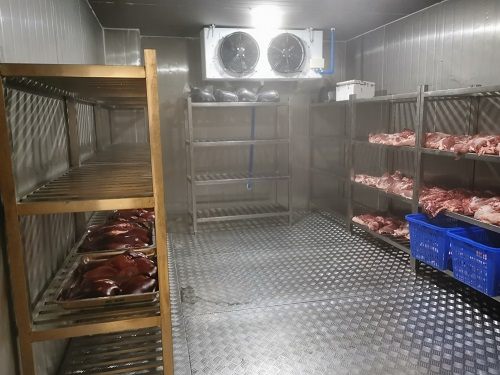
4. Ambient Temperature The temperature of the environment surrounding the cooler plays a significant role. For coolers in hotter climates or areas with higher ambient temperatures, the BTU requirements increase.
5. Frequency of Door Openings Each time the door of the cooler is opened, warm air enters, and cooler air escapes, impacting the internal temperature. Frequent access requires a cooling unit with higher BTU capacity.
Calculating BTU Requirements
To determine the BTU needs for a walk-in cooler, a general formula can be employed
\[ \text{BTU} = \text{Volume of Cooler (cu ft)} \times \text{Temperature Difference (°F)} \times \text{Insulation Factor} \]
- Volume of Cooler Measure the length, width, and height of the cooler to calculate the volume in cubic feet. - Temperature Difference Subtract the desired cooler temperature from the average ambient temperature. - Insulation Factor Assign a numerical value based on the insulation quality (e.g., for poor insulation, use a higher factor).
Using this formula can produce a tailored BTU requirement for any specific walk-in cooler, ensuring that it operates efficiently and effectively.
Conclusion
Proper BTU calculation is critical for the efficiency and effectiveness of walk-in coolers. By considering factors such as size, insulation quality, product load, ambient temperature, and frequency of door openings, one can accurately determine the necessary cooling capacity. This attention to detail not only preserves product integrity but also enhances energy efficiency, ultimately saving costs and resources for businesses.



